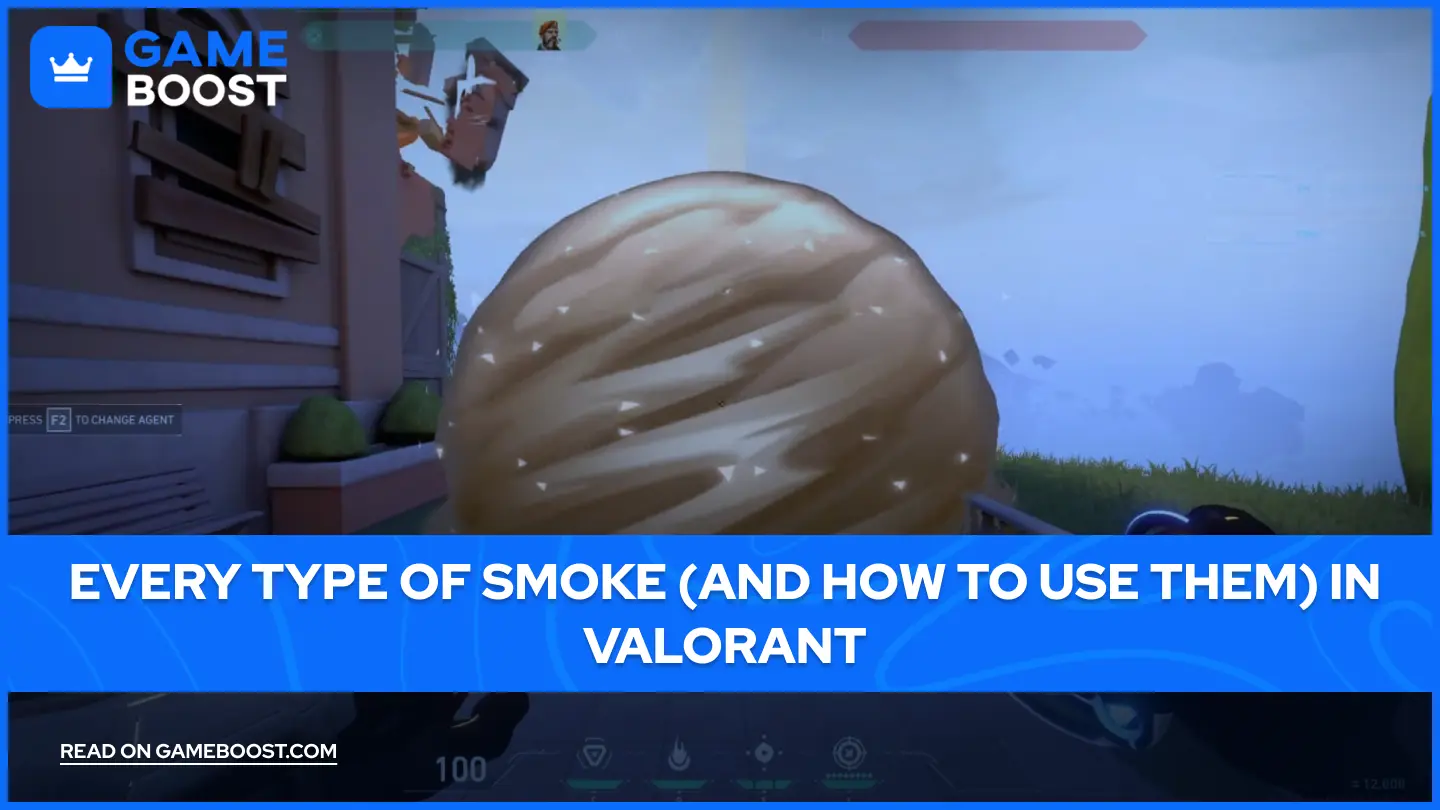

Every Type of Smoke (And How to Use Them) in Valorant

Mastering the art of smoke placement is a crucial skill for any controller main in Valorant. Many players believe that simply throwing smokes in the standard spots is enough to control the battlefield, but the reality is far more nuanced. There are multiple types of smokes, each serving a distinct purpose and requiring different strategies to maximize their value. Understanding these can elevate your gameplay, help you control the map better, and ultimately secure more wins.
In this comprehensive guide, we'll break down every type of smoke—from the most basic to the more advanced—and explain exactly when and how to use them. Whether you're looking to improve your controller play or simply want to understand smokes better, this article will provide you with actionable insights to get the most out of your utility.
1. Standard Smokes: The Foundation of Control
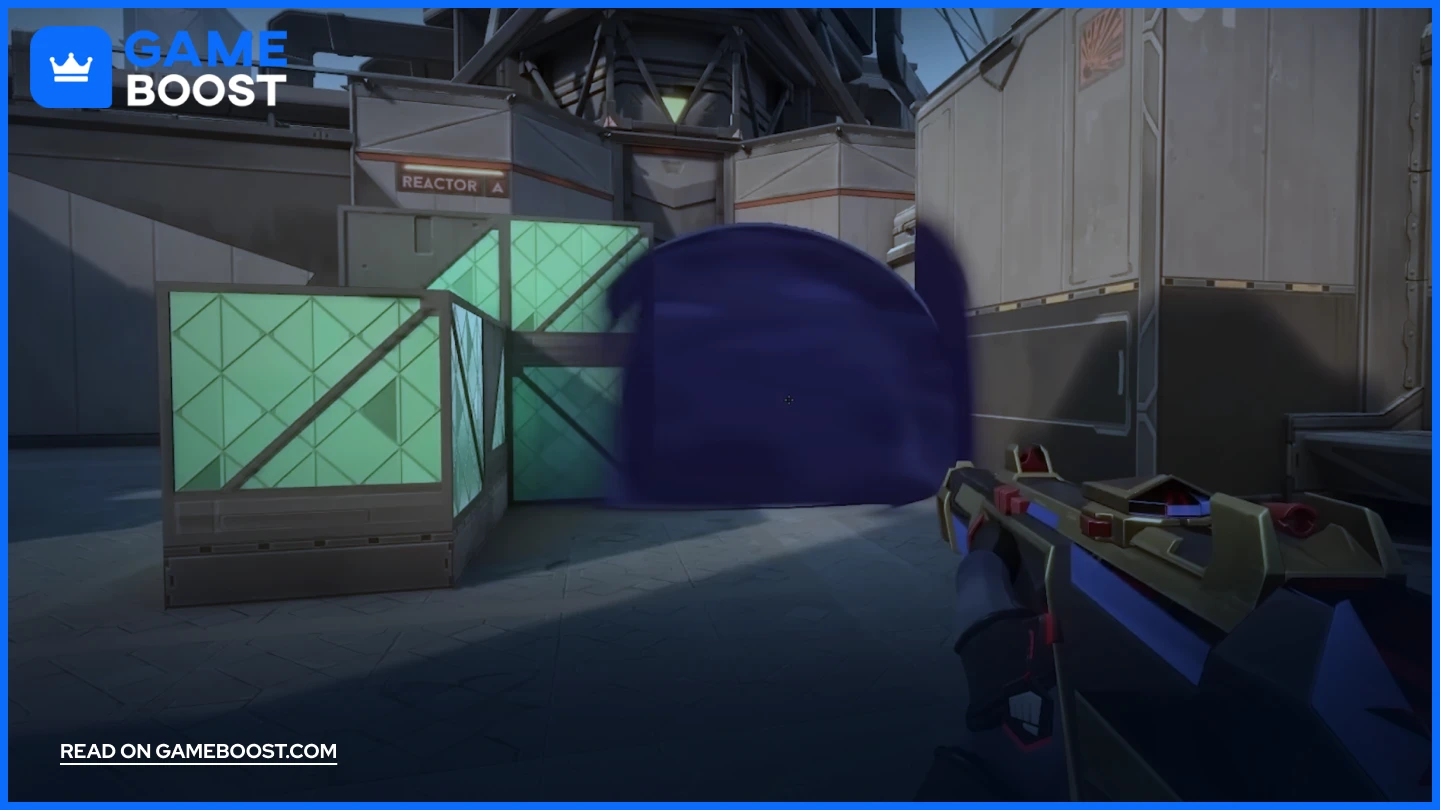
Standard smokes, sometimes called flush smokes, execute smokes, or retake smokes, are the bread and butter of any controller player. These smokes are usually placed tightly in doorways or choke points, designed to completely block off enemy movement and vision.
The key to an effective standard smoke is ensuring it is flushed in the doorway. This means the smoke should not bleed out into the entrance but rather fill the choke point entirely. When done correctly, this forces enemies to either wait for the smoke to clear or risk pushing through blindly, often resulting in their deaths.
Why is this so important? When smokes bleed out, enemies can strafe around the edges, giving them more room to maneuver and making it harder for defenders to hold the position. A properly placed flush smoke denies this possibility, making the choke point extremely uncomfortable to push through without utility support.
Example: On maps like Haven, placing a flush smoke in the spawn choke points on A and C can backfire by allowing enemies to swing out and isolate your teammates on the back site or Hell. Instead, placing the smoke slightly differently, such that enemies must peek into the open to fight, can greatly benefit your team’s defense.
Similarly, on Bind A site, the common triple smoke is often placed flush in the back, which pushes defenders away but allows attackers to isolate short. Pulling this smoke closer can prevent attackers from using triple to isolate short, showcasing how subtle changes in placement can have big impacts.
Bottom line: Always think about the space your smokes are controlling and what you want to accomplish. Are you stopping a push, protecting teammates, or setting up for a retake? Your smoke’s purpose should drive your placement.
2. Lurk Smokes: Creating Uncertainty
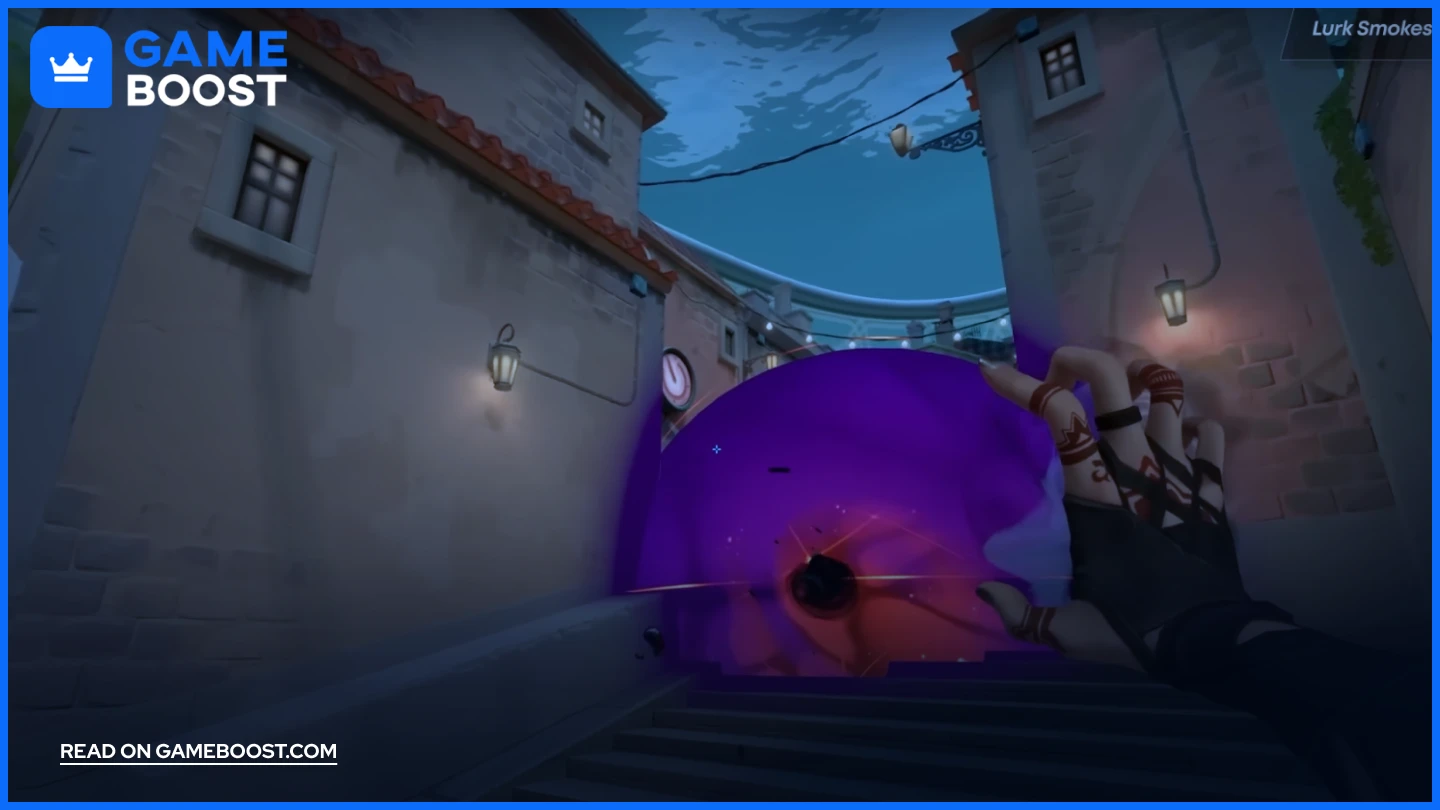
Lurk smokes serve a very different purpose from standard smokes. Instead of completely denying enemy movement, lurk smokes are about denying information. These are usually placed in the middle of the map or at the front of a site by attackers and intentionally bleed out into the entryway.
Unlike flush smokes that aim to stop pushes entirely, lurk smokes are designed to make it easier for attackers to push through while keeping defenders uncertain. When a lurk smoke is deployed, defenders lose crucial information about whether attackers have crossed or are about to push, forcing them to either waste utility to check or stay nervous about that area.
Defenders often counter lurk smokes with Sentinel utility or initiator tools like Sova’s recon dart or drones to clear the smoke. This highlights how important information control is in Valorant—without it, defenders struggle to make the right call.
However, the effectiveness of lurk smokes depends heavily on timing. Many ranked teams rush sites too quickly, not allowing lurk smokes to create meaningful hesitation. When used mid-round to create openings and question defenders, agents like Omen, Astra, and even Cypher can leverage lurk smokes to great effect.
Also Read: How to Change FOV in Valorant?
3. Site Smokes: Defending and Repositioning on Site
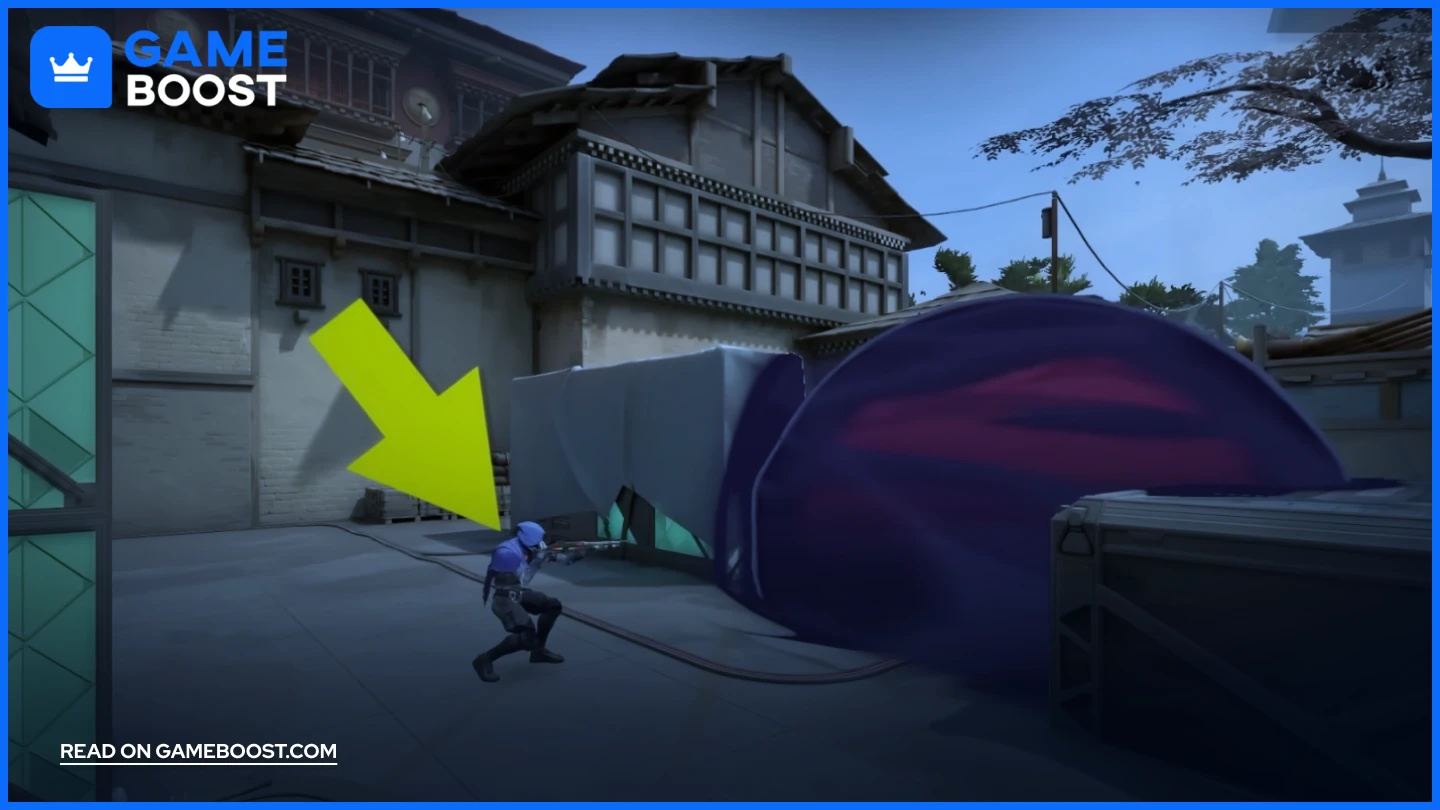
Site smokes are one of the most underutilized but powerful types of smokes in the game, especially for defenders. Unlike standard smokes that block entrances, site smokes are placed directly on the site to give defenders more room to maneuver and reposition.
These smokes allow defenders to play around the smoke, raid inside it, or wait for utility and rotations from teammates. They don’t necessarily stop a push outright, but make it difficult for attackers to deal with site anchors.
Sight smokes also synergize well with other controller abilities like Omen’s blind, Brimstone’s molly, and Viper’s molly. When combined, these utilities can make a site nearly impenetrable.
Additionally, site smokes are useful for saving teammates in sticky situations by buying them time until help arrives, rather than risking a 1v5 death.
4. Flood Smokes: Breaking Through Choke Points
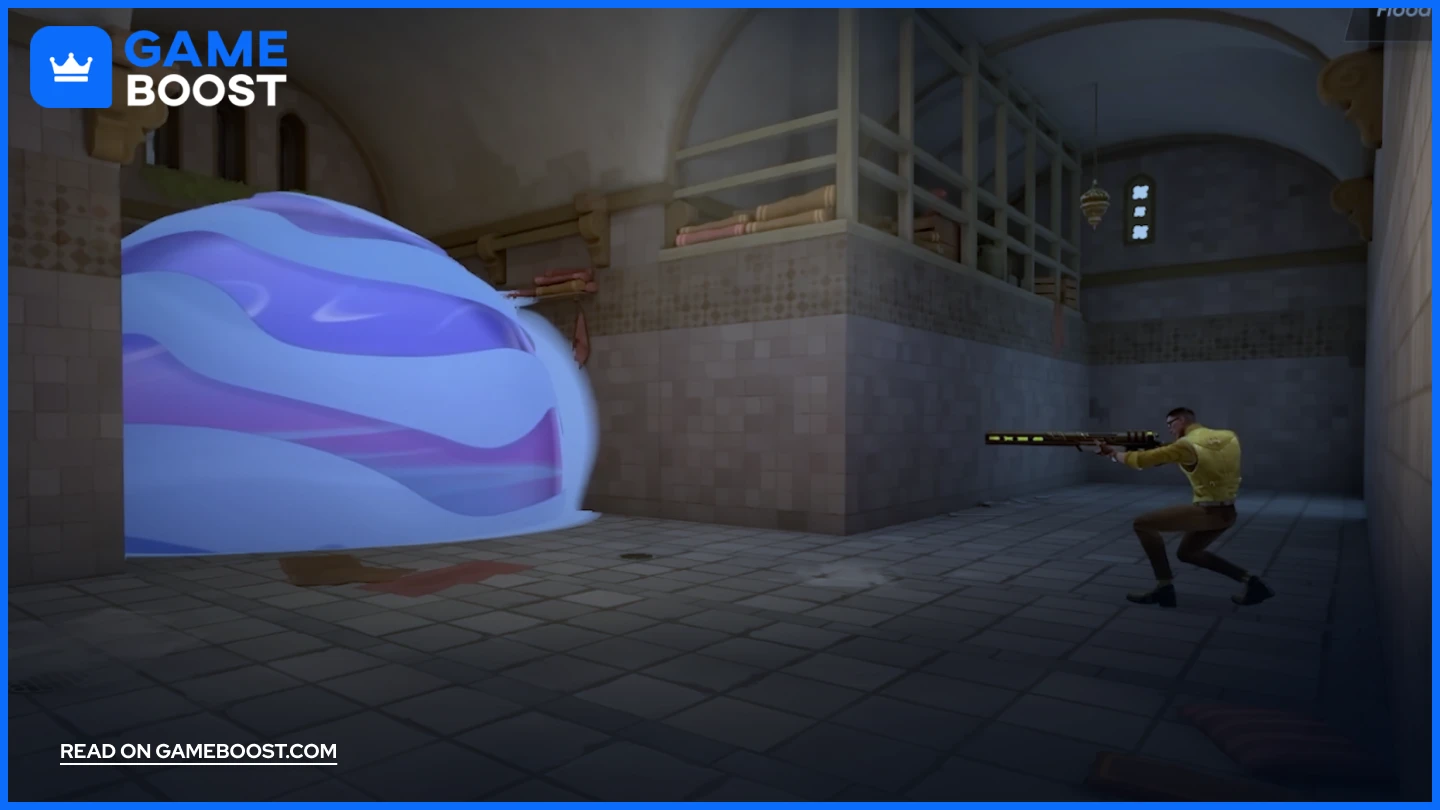
Flood smokes look similar to lurk smokes but serve a different function. They are designed to counter enemy flush smokes by bleeding out over them and effectively canceling them out.
When your team is locked behind a tight enemy smoke, a flood smoke can create a new space for you to push through, enabling rapid site access or helping you assist teammates.
Flood smokes are especially valuable against AWPers, as they help close the distance safely, reducing the sniper’s effectiveness at long range.
The timing of flood smokes is critical—they work best when you need immediate access to a site or want to prevent attackers from establishing strong post-plant positions.
Also Read: How to Play Kayo in Valorant?
5. One-Way Smokes: Vision Control and Ambush
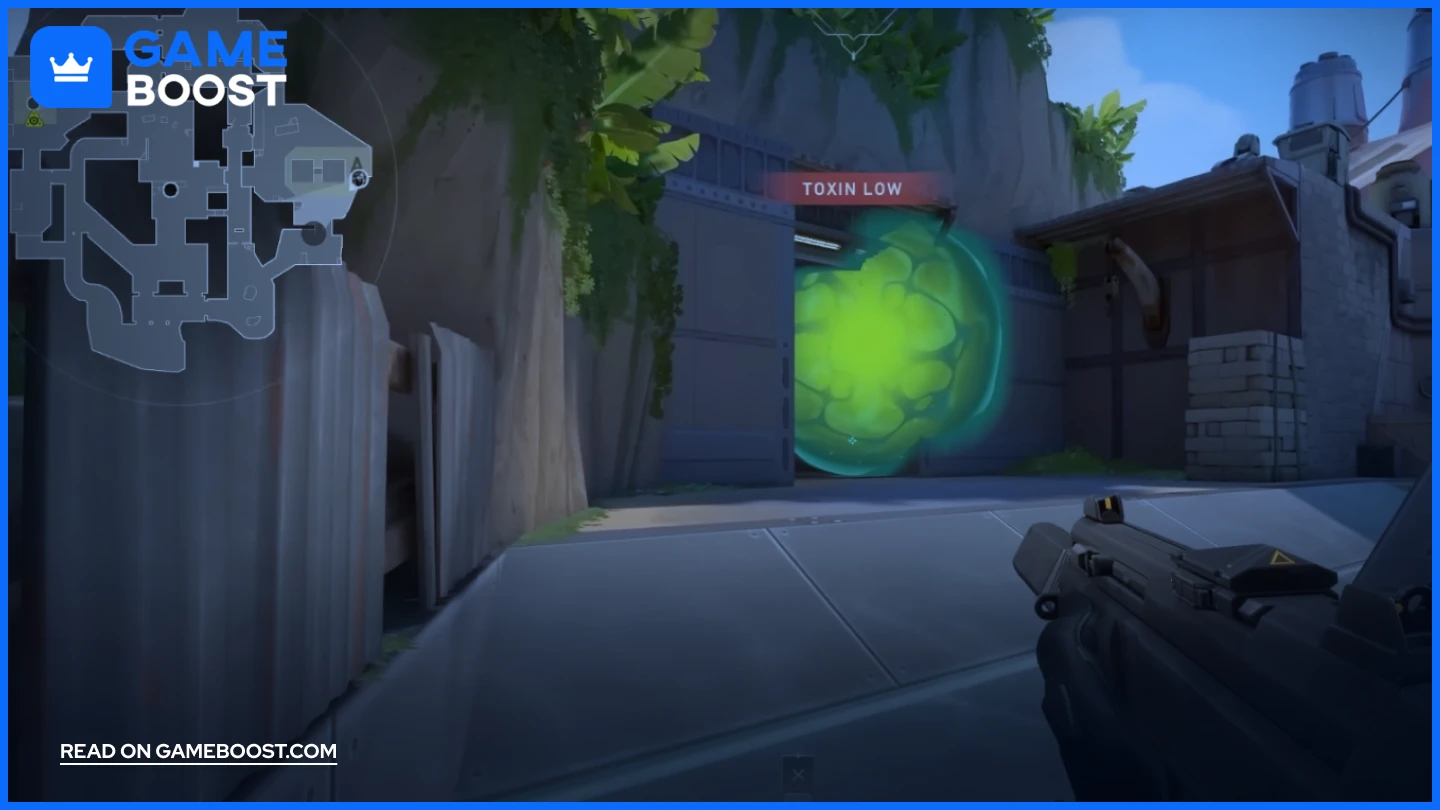
One-way smokes are still a valuable tool in certain scenarios, though they've become more situational after recent changes. These smokes are used to create a vision advantage—allowing you to see enemies’ legs or feet while they can’t see you. They're commonly placed on raised surfaces near entry points, creating an angle you can exploit for early picks or defense.
However, as of Patch 6.0, agents like Omen can no longer place smokes on geometry or ledges that players can’t physically stand on. This means the old-school “floating” one-way smokes that clipped into map details are no longer possible. Now, smokes drop to valid surfaces, which makes placement more predictable and fair for both teams.
That said, one-ways still have strong situational value—especially on maps like Ascent or Sunset. If placed correctly, they force opponents to burn utility or wait it out, buying your team valuable time.
One golden rule remains: the closer you are to the smoke, the worse it usually is for you. If you’re planning to use a one-way, make sure you’re holding a distance where you get the visual advantage without overcommitting. Think ahead 15 to 20 seconds—your positioning needs to support the trap you're setting.
6. Spike Smokes: The Retake Weapon
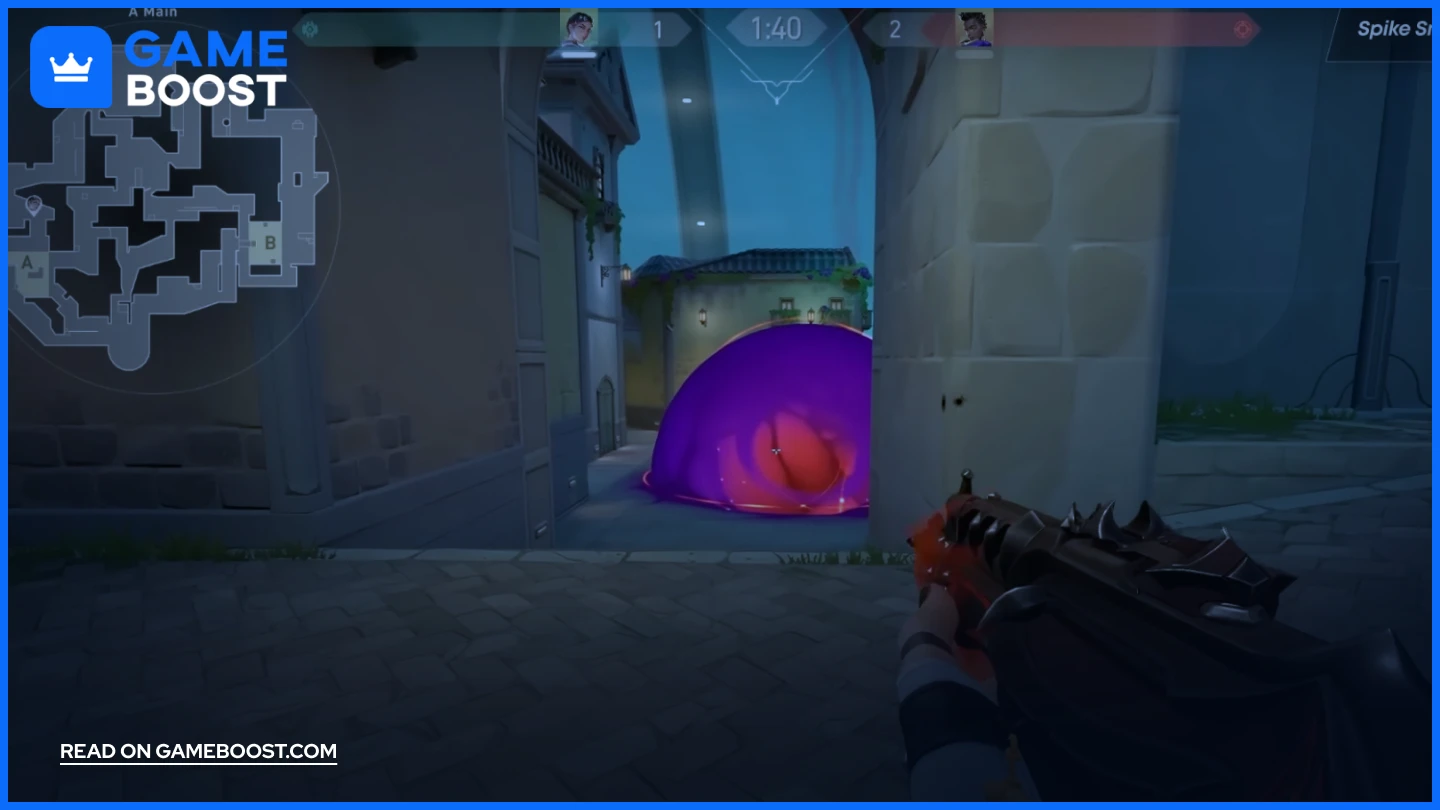
Spike smokes are essential for defenders during retakes. Instead of smoking entrances, these smokes focus on smoking off the spike itself.
By doing this, attackers face a difficult choice: either spam through the smoke, revealing their position and risking vulnerability, or rush blindly into the smoke, which is dangerous.
This technique is especially powerful in clutch situations, like one-vs-two scenarios, where controlling the spike can force attackers into uncomfortable decisions.
For attackers, spike smokes are rare and situational, since maintaining vision on the spike is crucial to prevent defuses.
Also Read: Fastest Ways to Unlock Agents in Valorant (2025)
7. Line Smokes: The Long-Range Control of Viper and Harbor
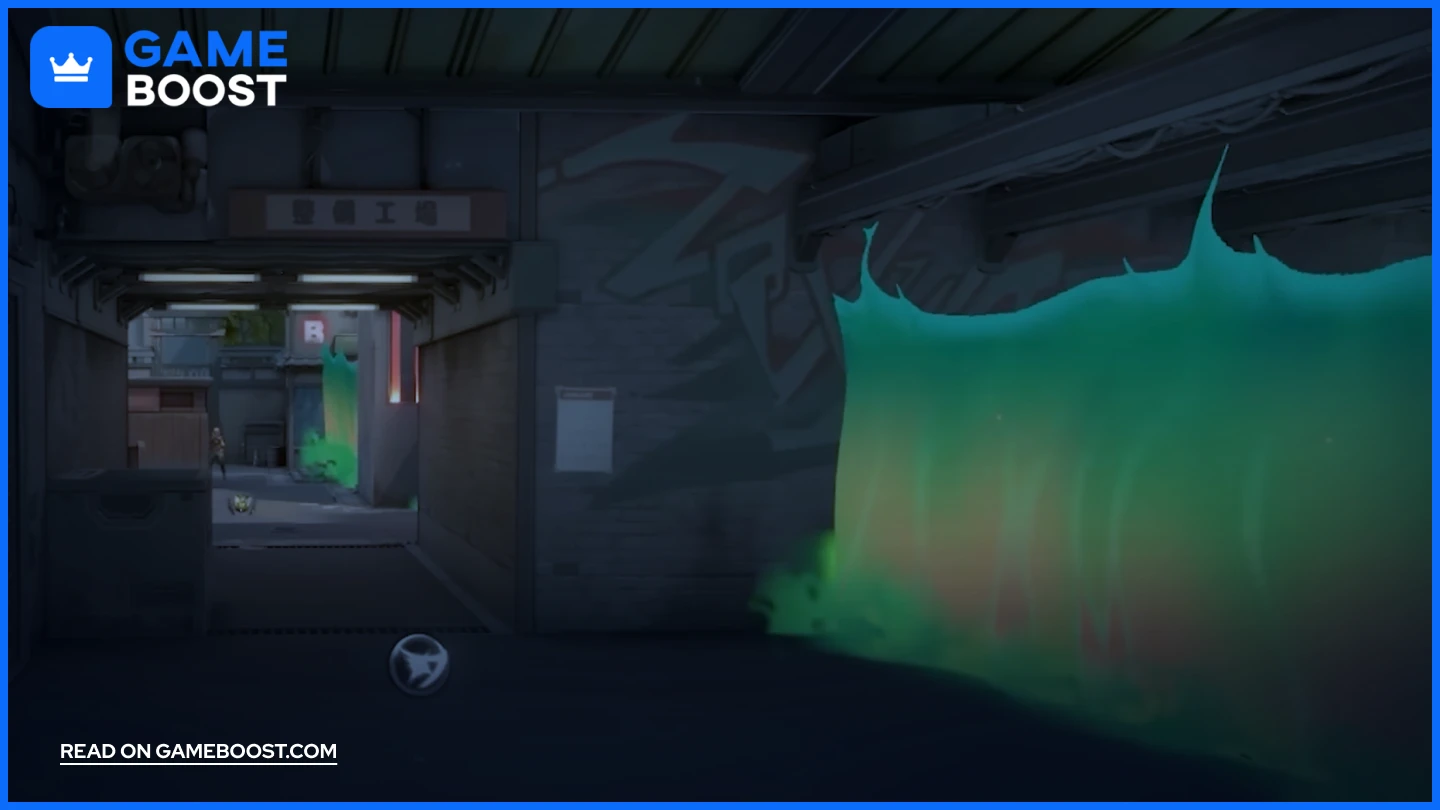
Line smokes are unique to agents like Viper and Harbor, offering long, sweeping coverage that can reshape how teams approach control and execution. Instead of round, static clouds, these smokes form linear walls that cut off vision across large portions of the map.
Viper’s Toxic Screen provides a tall, straight wall that can block multiple angles at once, especially useful on big maps like Breeze, Icebox, and Lotus. While there was a short-lived bug in past seasons that reduced its uptime, Riot has since fixed it—her wall now functions as intended, remaining up as long as she has fuel and line-of-sight to the start point.
Harbor’s High Tide offers even more flexibility. His wall curves, bends, and adapts to the shape of the terrain, letting players creatively block off entryways or isolate duelists. While Harbor's wall doesn't last as long as Viper's, its dynamic pathing makes it ideal for confusing defenders and enabling fast pushes.
Top-level players often use these line smokes not just to execute, but to deny info, cut rotations, or delay enemy map control. Used right, they can split up teams, create uncertainty, and force bad decisions—all without firing a single shot.
FAQs about Smoke Types
Q: What is the main difference between standard smokes and lurk smokes?
A: Standard smokes are tightly placed in choke points to block enemy movement and vision. Lurk smokes bleed out into space and are used to deny information, keeping defenders guessing about enemy positions.
Q: When should I use flood smokes?
A: Flood smokes are best when your team needs to push through enemy standard smokes quickly or neutralize a sniper’s line of sight. They're especially useful for gaining momentum during site entries or retakes.
Q: Are one-way smokes still effective after recent nerfs?
A: Yes, but they work differently now. Omen and other agents can no longer place smokes on thin geometry or ledges—they can only smoke surfaces where players can physically stand. That means one-ways still exist but require more precision and are more situational.
Q: How do site smokes help defenders?
A: Site smokes create on-site cover, allowing defenders to reposition safely, stall pushes, and work together with other utility like mollies or flashes. They’re not for blocking choke points—they’re for staying alive and buying time.
Q: Why are spike smokes important during retakes?
A: Smokes on the spike force attackers into uncomfortable decisions. They either have to spam through the smoke—revealing their position—or push into it blindly, risking trades or death. This gives defenders a tactical edge when defusing or faking.
Conclusion
Understanding the different types of smokes and their specific uses is essential for any player looking to improve their controller gameplay in Valorant. From the foundational standard smokes to the nuanced spike and line smokes, each type plays a unique role in controlling the map and dictating the flow of the round.
Remember, smoke placement is never just about copying popular spots. It’s about understanding the space, timing, and purpose behind each throw. Whether you’re stopping a push, creating uncertainty, or setting up a retake, using smokes effectively can be the difference between winning and losing a round.
So next time you pick up your controller, think beyond the basics and start experimenting with these smoke types to gain the upper hand and climb the ranks with confidence.
“ GameBoost - Kristina joined GameBoost in 2024 as an SEO specialist and quickly became the go-to writer for third-person shooter and competitive games. She covers titles like Fortnite, Valorant, FC 25, League of Legends, GTA 5, and Roblox, focusing on how-to guides, practical tips, and updates.”


